At the beginning of my photography career, the majority of my compositions were horizontals with an occasional vertical thrown in. It never occurred to me to capture at least a few more verticals until Traveler’s editor-in-chief asked me if I had any vertical shots he might consider for use as an Essential Guide cover.
Vertical? Huh?
Since that exchange years ago, I’ve made it a point to capture many more vertical photos. If you’ve only been capturing horizontal imagery, then you should think about adding a few verticals to your photo gallery. The perfect place for vertical photos is Redwood State and National Parks in northern California, which I visited earlier this month.
If you read my previous article about spending three days in Redwood National and State Parks, then you’ll understand why Jedediah Smith Redwoods, Prairie Creek Redwoods, and Del Norte Coast Redwoods state parks are joined with Redwood National Park.
Here’s a few fun redwood facts for you that I learned from talking to a ranger at Jedediah Smith Redwoods State Park:
Coastal redwood trees have a shallow root system, and you’ll see plenty of downed trees in the park because of this. They reminded me of the shallow roots of oak trees blown over by hurricane winds in southeast Texas. A redwood’s roots only go to a depth of about three feet, but that root system can reach a wide perimeter around the tree, up to 80 feet. That root system can intertwine and communicate with the root systems of other redwoods, offering a little neighborly sharing of water and nutrients.
Around the base of most coastal redwoods are crazily-shaped bumps called burls. In addition to seeds about the size of a tomato seed, these burls are another way for the redwood to sprout new growth.
Those triangular-shaped hollows in redwoods created by fire or other damage or decay are familiarly known as “goose pens,” because settlers used to keep their geese within these openings. When you come across one of these goose pens, move your vision upward and you might be surprised to see green growth at the top of the tree. Redwoods are hardy trees, resistant to insects (because of the bark’s high tannins) as well as fires. Where there’s a bit of living heartwood higher up in the tree, there’s the possibility of more growth.
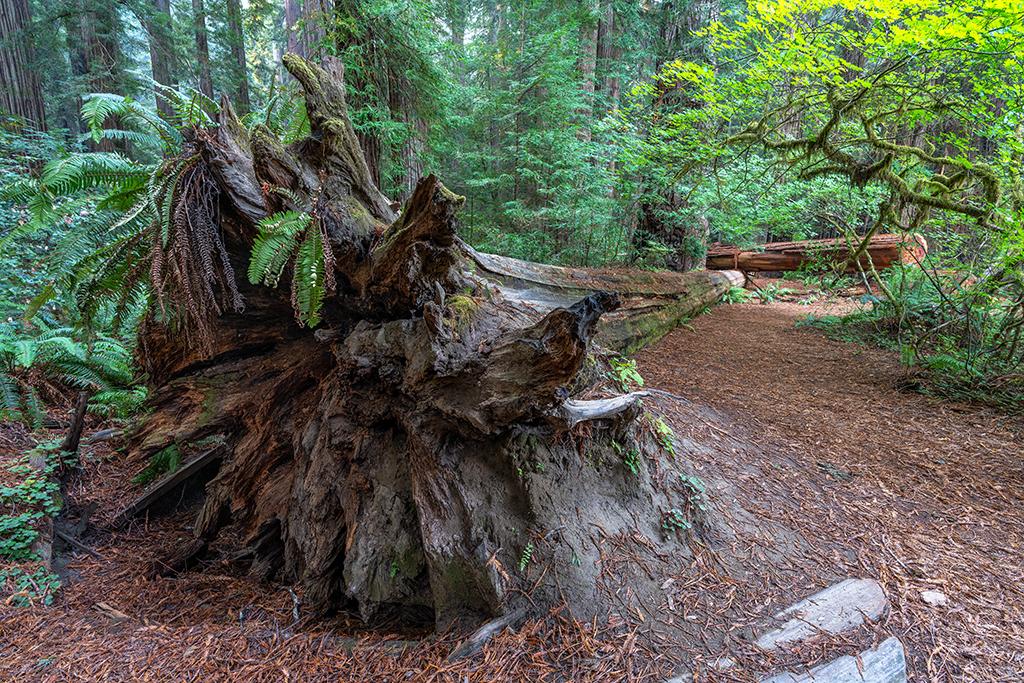
Shallow roots, Jedediah Smith Redwoods State Park, Redwood National and State Parks / Rebecca Latson

Burls at the base, Lady Bird Johnson Grove, Redwood National Park, Redwood National and State Parks / Rebecca Latson

A photographer in a goose pen, Prairie Creek Redwoods State Park, Redwood National and State Parks / Rebecca Latson
To learn more about redwoods and why California’s North Coast is the perfect environment for the survival of these tall trees, click here and here. To read about the differences between the coastal redwoods and the giant sequoias to which they are closely related, click here.
During my visit, I used a couple of wide-angle lenses with my cameras: 16-35mm and 11-24mm. Lenses with focal lengths of 14mm and 17-40mm work well, too. Actually, any wide-angle lens is going to give your viewers some sense of a redwood’s height. The ultra-wide-angles (like the 11-24mm, 14mm, and 16-35mm) create a little distortion as you move the lens up or down, so it’s a matter of personal preference and how you want to convey what you see to your audience as to how you frame your composition. I personally like the somewhat funky perspective of an image created with an ultra-wide-angle lens.

A Pacific Coast vista, Del Norte Coast Redwoods State Park, Redwood National and State Parks / Rebecca Latson
You won’t need any filters for your forest interior shots, but if you photograph the coastal vistas within this park system, you might want to use a circular polarizer to bring out the deep teal hue of the ocean and remove some of the glare of coastal fog. Coast vistas in Redwood National and State Parks? Yup. If you look at a map of these parks, you’ll see that quite a bit of coastline is included within the border of Del Norte Coast Redwoods and Prairie Creek Redwoods state parks.
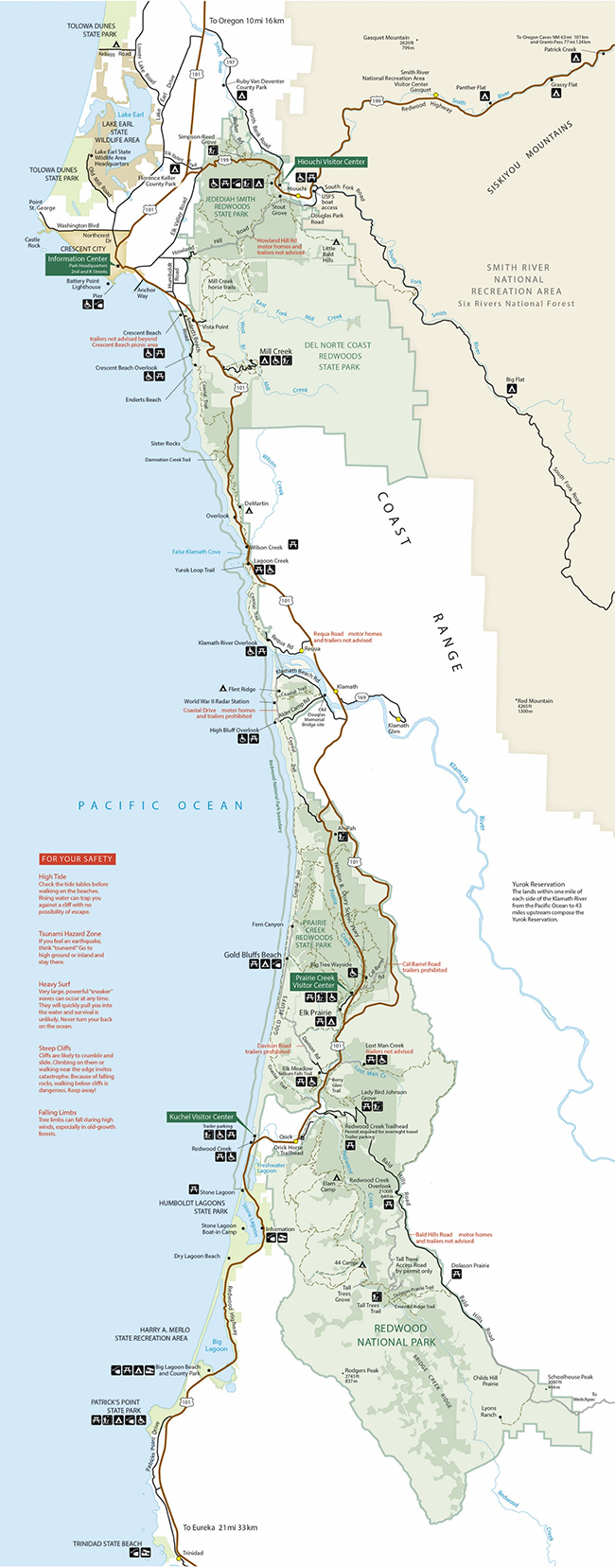
Redwood National and State Parks map / National Park Service
You’ll encounter fog within and around the forest. It’s a necessity for redwood growth, and it adds a nice touch of ethereal beauty to your photos. While I was there, things got a little on the opaque side due to the smoke drifting in from the California wildfires. If this ever happens while you visit, then you’ll need to work with your photo editing software to mitigate the opaqueness. If you are an Adobe Lightroom user, there’s a nifty little Dehaze slider tool you can move back and forth to remove some or most of the smoke and haze clouding a composition.
In addition to coastal and forest views, this collaboration of parks offers prairie scenery, too. Elk Prairie, at Prairie Creek Redwoods State Park, presents not only a beautiful meadow landscape rimmed by redwood trees, but also a little elk viewing. Mornings and evenings are the best time to see elk grazing. For me, seeing elk during my visit was akin to Charlie Brown’s Halloween: all he got was a rock, and all I got was the top of a bull elk’s antlers as it lay in the tall golden grass. You work with what you are given. And if you don’t see elk in the meadow, then photograph the beauty of just the meadow and surrounding scenery.
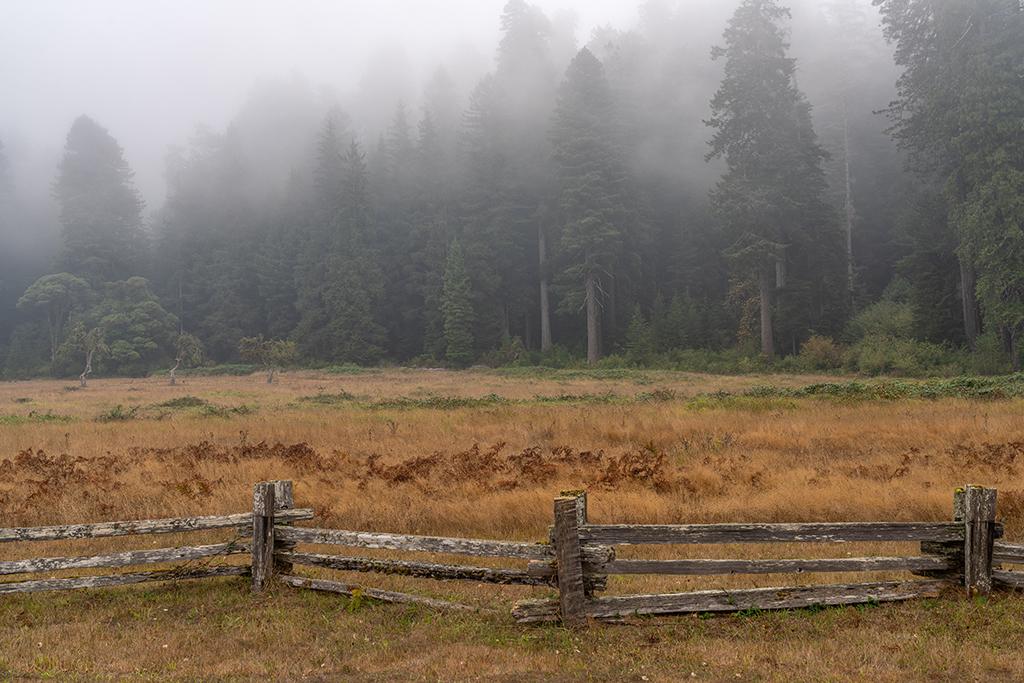
Misty morning scenery at Elk Prairie, Prairie Creek Redwoods State Park, Redwood National and State Parks / Rebecca Latson

Mist in the meadow, Elk Prairie, Prairie Creek Redwoods State Park, Redwood National and State Parks / Rebecca Latson
Take a moment to frame your compositions for more than just a “grab shot.” I know forest interiors look like green-and-brown chaos, but you can focus on particular aspects of that "chaos." You might wish to convey the length of a downed redwood, or the vegetation (lots of ferns in this series of parks), or perhaps a bridge you encounter along the trail. Think about your scene, first, before clicking that shutter button.

Ferns and forest, Prairie Creek Redwoods State Park, Redwood National and State Parks / Rebecca Latson
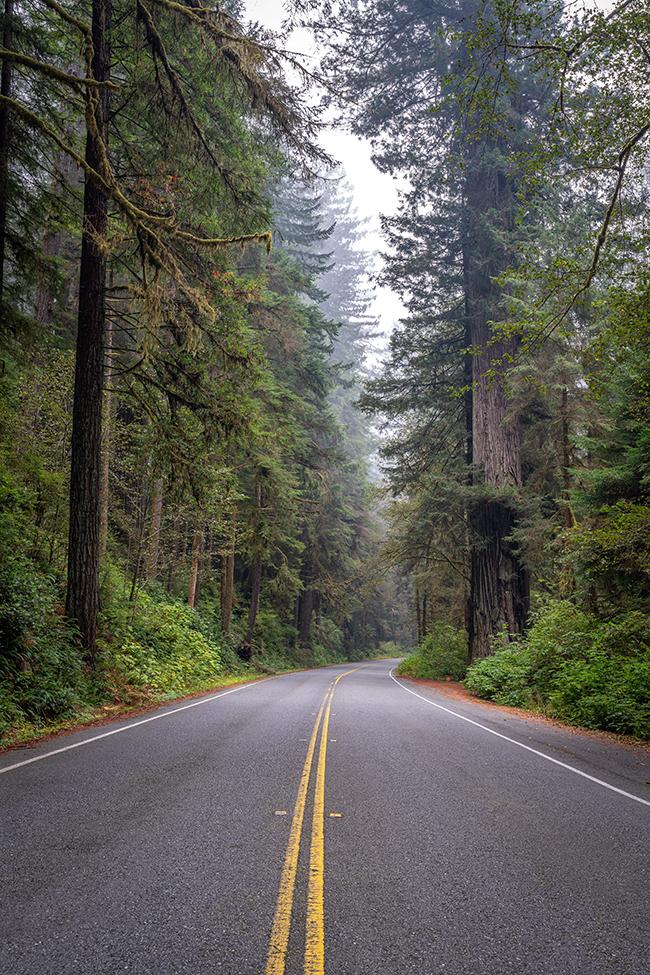
A road through the redwoods, Newton B. Drury Scenic Parkway, Prairie Creek Redwoods State Park, Redwood National and State Parks / Rebecca Latson
Speaking of trails (and roads), don’t forget to take the opportunity to capture leading line images. They are my favorite photo themes because they beckon the viewer to imagine what kind of adventure awaits along and at the end of the trail or road.
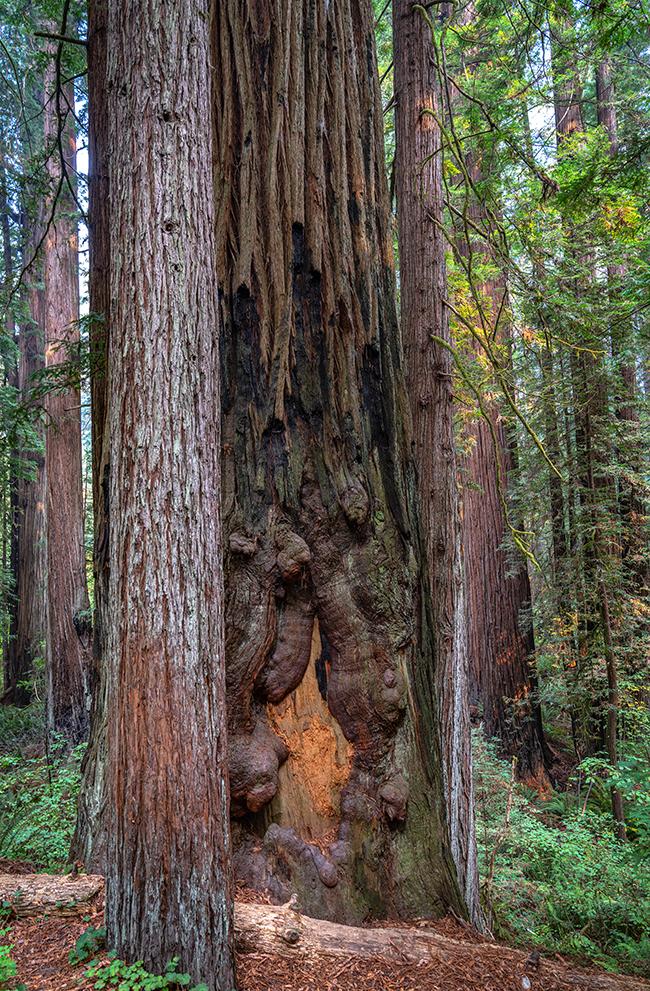
The layers of a redwood tree, Stout Grove, Jedediah Smith Redwoods State Park, Redwood National and State Parks / Rebecca Latson
Observe your surroundings while you roam the trails or walk on the beach. If you are on the beach, what do you see lying on the sand? Shells? Driftwood? Vegetation? If you are wandering the forest, take a good look at the bark texture, patterning, and color of a redwood. That outer ropy bark can be a foot thick! You’ll even see some great natural cross sections of a redwood – sort of like a curtain parting to show what’s behind it.

Tree bark texture, Lady Bird Johnson Grove, Redwood National Park, Redwood National and State Parks / Rebecca Latson
You may also see (unfortunately) graffiti on some of the downed trees. That's no way to treat a redwood!
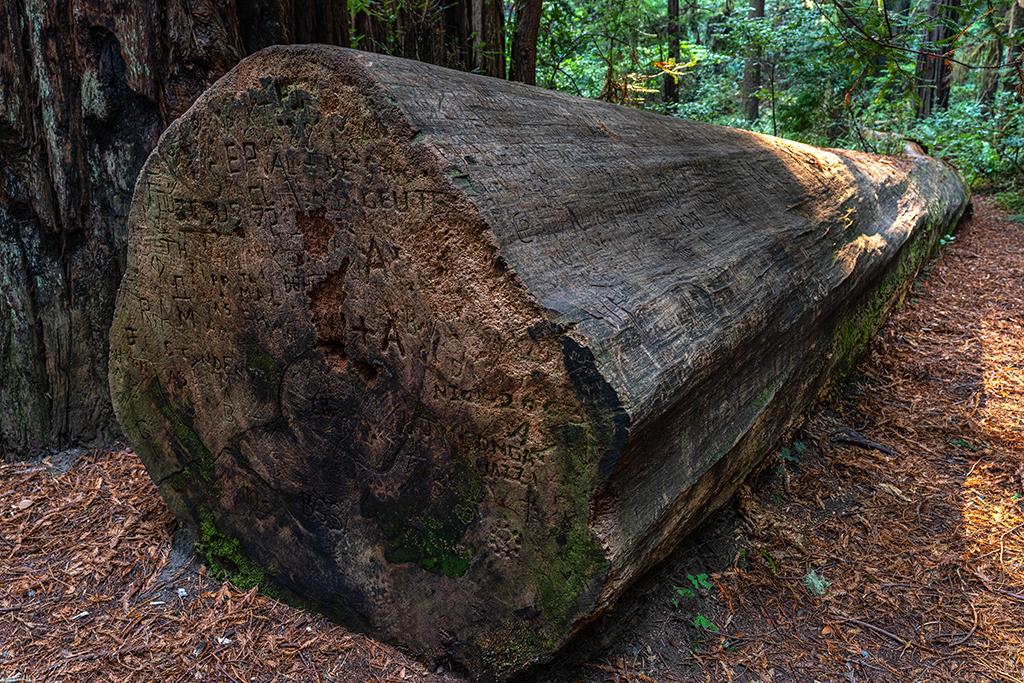
Graffiti, Stout Grove, Jedediah Smith Redwoods State Park, Redwood National and State Parks / Rebecca Latson
If you are walking along the Lady Bird Johnson Grove loop trail, look for the natural arbors created by the bending of smaller tree branches.

A natural arbor, Lady Bird Johnson Grove, Redwood National Park, Redwood National and State Parks / Rebecca Latson
These are just a few of the things you should capture with your camera to flesh out your redwood parks visit. Oh, and of course you have to get the obligatory shot looking up at the tree tops. It’s just something that must be done when in the presence of these skyscraping sentinels.
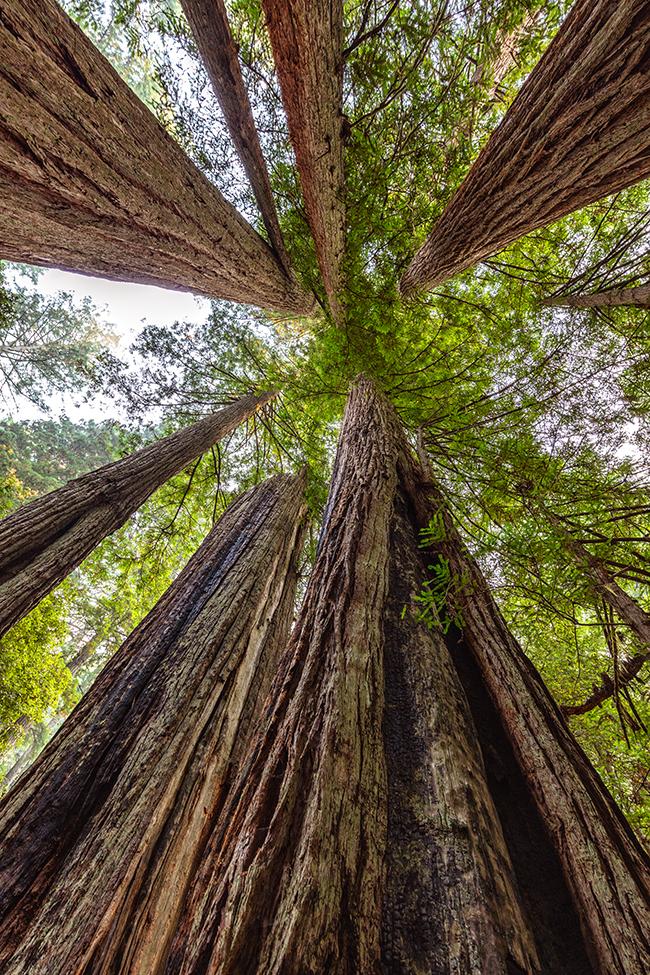
Looking up to the tree tops, Redwood National and State Parks / Rebecca Latson
Don’t forget to film video of the forest, coast, and (if you are lucky) elk. The clips you see here were captured with my iPhone.
A costal vista view on a very smoky day, Redwood National and State Parks / Rebecca Latson
A view along one of the trails in Prairie Creek Redwoods State Park, Redwood National and State Parks / Rebecca Latson
Let's also take a moment to discuss what I call "breathing room." I did photograph plenty of verticals, but I also captured quite a few horizontals. As I looked at the composition through the camera, I needed to decide whether or not the view appeared too "cramped." Sometimes, I did want a tight vertical, but other times, even if I was not highlighting the tall redwoods as much, a horizontal just allowed for area (breathing room) within the scene. Take a look at the two images below. Which one do you think better conveys the scene? There's no right or wrong choice here - it's subjective, of course. To me, though, I prefer the horizontal composition.
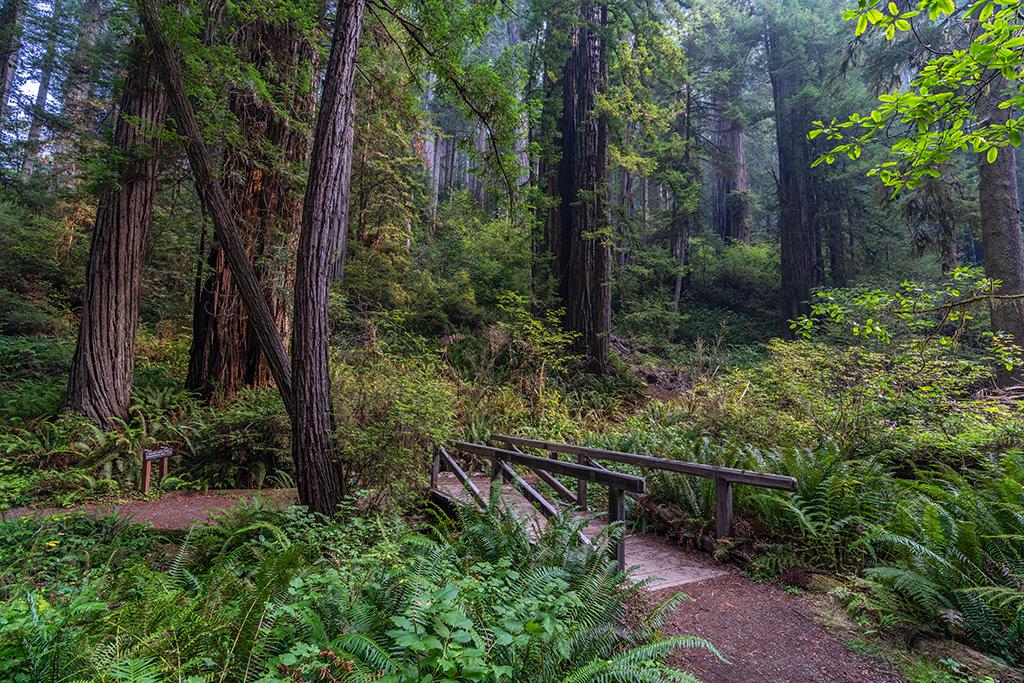
A bridge into the forest, Prairie Creek Redwoods State Park, Redwood National and State Parks / Rebecca Latson

A bridge into the forest, Prairie Creek Redwoods State Park, Redwood National and State Parks / Rebecca Latson
On my final day in the parks, while wandering along a shadowy, sunlight-dappled trail in Prairie Creek Redwoods State Park, I stopped to chat with another photographer also using a wide-angle lens. We both agreed that photos just don’t do justice to these neck-arching redwoods. People need to actually see the trees for themselves. My images may or may not do the trees the photographic justice they deserve, but I hope they convince you to visit these parks for yourself, to capture your own vertical (and horizontal) shots of the tall trees.

Where will that trail take you? Into the redwoods, perhaps? Lady Bird Johnson Grove, Redwood National Park, Redwood National and State Parks / Rebecca Latson

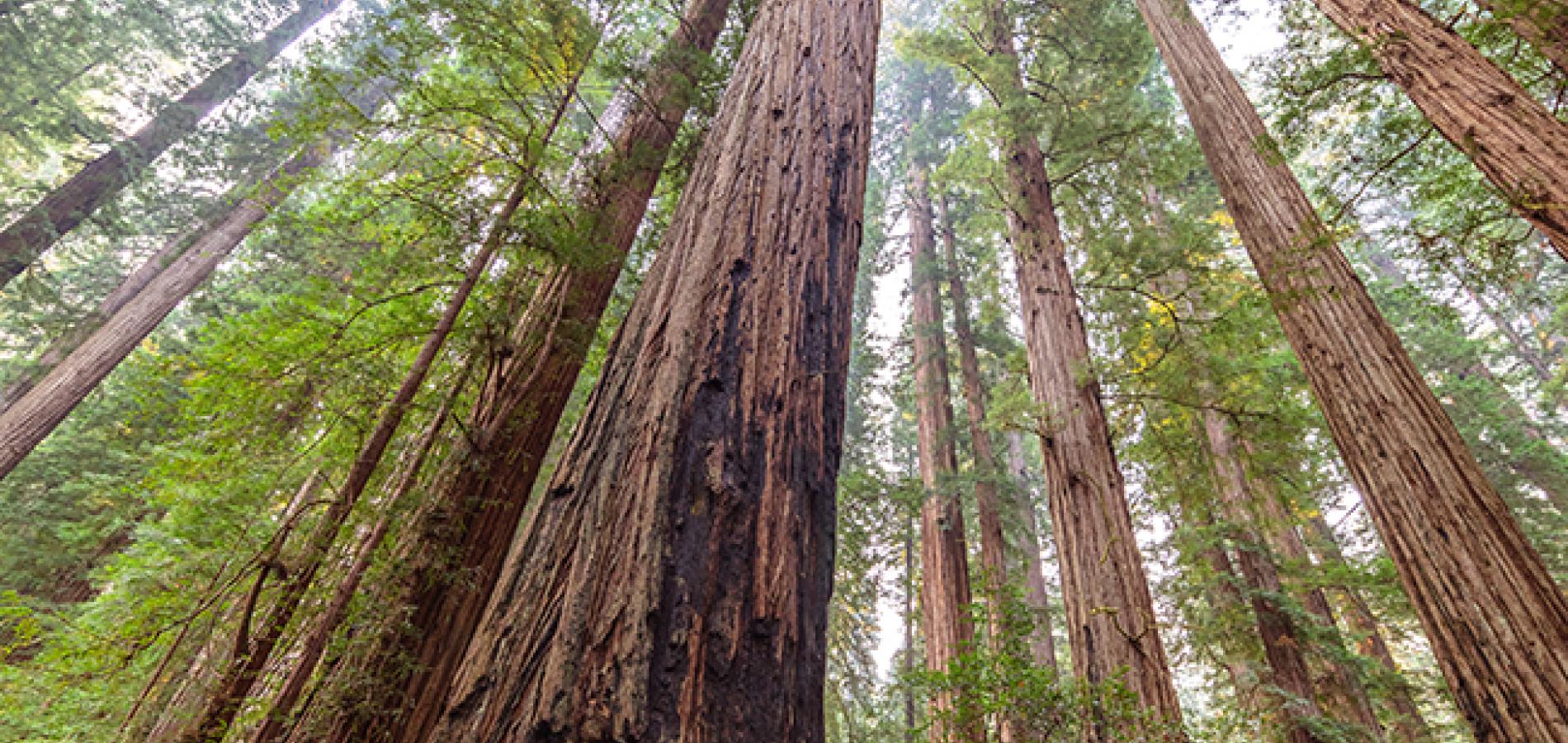


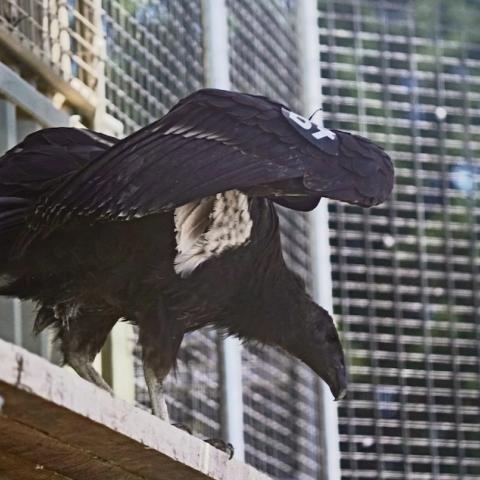
 Support Essential Coverage of Essential Places
Support Essential Coverage of Essential Places







Comments
I was delighted (but not surprised, given the photographer) to see that the video clips taken with an iPhone were in landscape rather than portrait orientation. Far too many people seem to be unaware that the phone can be rotated when the scene calls for it.
Hi Will - I use the portrait orientation too, for videos. The horizontal ones turned out better for my uses with this article because - in the case of the coastal clip - portrait would have just shown more opaque sky, which would have been a bit boring, and - in the case of the forest clip - I liked the panning up to the tops of the trees better using landscape rather than portrait mode. I felt it would create a slightly longer anticipation on the part of the viewer.
I guess I'm showing my 'Facebook' roots, in that I caught myself looking over the lovely images in your article and instinctively reaching on my keyboard for the 'Like' button. Suffice it to say that I enjoyed each and every picture presented here, and as well this is an article I'll be returning to in the future just to again gaze on them.
Thanks, Rick B. You are way too kind, but I sure appreciate the nice words. :)